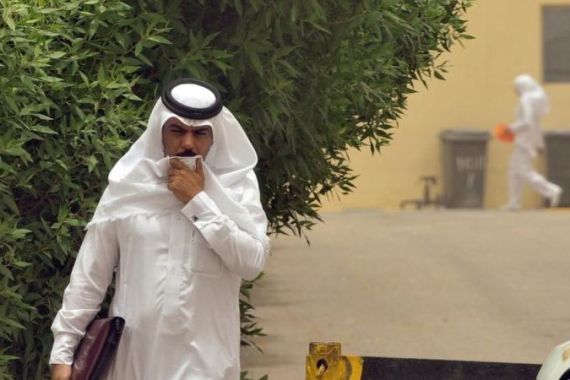MERS virus transmission continues to baffle
Researchers have said that transmission of the mystery virus is more complicated than they initially anticipated.

Researchers in Britain and Saudi Arabia have said that gene profiling of the MERS virus had provided insights, but no answer, as to how the mysterious microbe spreads.
Reporting online in The Lancet, the scientists said they had assembled a family tree of the coronavirus causing Middle East Respiratory Syndrome (MERS), using samples taken from 21 patients in Saudi Arabia.
With the exception of a cluster of cases in the eastern town of al-Hasa, the focal point of the outbreak is the Saudi capital, they said.
“These results suggest the circulating virus in Saudi Arabia is centred around Riyadh, with sporadic excursions to other centres,” they said.
The probe reiterated the theory that the virus — called MERS-CoV by scientists — probably leapt to humans from animals.
The genetic history of the virus suggests repeat infections may have occurred since then, but what the animal source was, or is, remains unclear, it said.
Transmission of this virus appears to be more complicated than anticipated.
Tests are being carried on mammals in Saudi Arabia ranging from camels and bats to goats.
The cluster in al-Hasa, in contrast, shows that viral strains there were closely related, which is consistent with spread from human to human.
The samples in Riyadh have a broad genetic diversity, the paper said.
This could mean that the virus is being transmitted through an animal source that is continuously being brought in from elsewhere, it said.
Pilgrimage worries
Alternatively, it may be down to the fact that the capital is the country’s biggest population centre, which makes it more vulnerable to human-to-human transmission of the virus.
“Transmission of this virus appears to be more complicated than anticipated,” Alimuddin Zumla, a professor at University College London, who helped lead The Lancet study, said in a press release.
An “intermediary” source may also be possible, as most of the known cases have had no known direct contact with animals, he added in a phone conversation with the AFP news agency.
Asked what this source could be, he said this was unclear. Theoretical avenues to explore would include food.
The World Health Organisation (WHO) said on Thursday it had been informed of 132 lab-confirmed cases of MERS, including 58 deaths.
Forty-nine of the fatalities have been in Saudi Arabia, according to official Saudi figures also issued on Thursday.
One of the world’s biggest movements of people, the annual hajj pilgrimage, is to due to take place next month.
Authorities have urged the elderly and chronically ill to avoid the event this year and cut back on the numbers of people they will allow to perform the pilgrimage. Around two million people are expected.
Zumla called for health authorities to keep up their guard, but also noted that there had been no MERS outbreaks at the October 2012 hajj or the July 2013 Ramadan Umrah season.